Nestled among some of the highest parts of the Apennines in eastern Umbria is the Piano Grande. Not a grand piano, but a “great plain”, surrounded by the peaks of the Monti Sibillini, in the national park of the same name. At the northern end of the plain is the little town of Castelluccio (literally “little castle”), perched in a very picturesque way on a small conical hill, dwarfed by the massive slopes around it. We love this place.
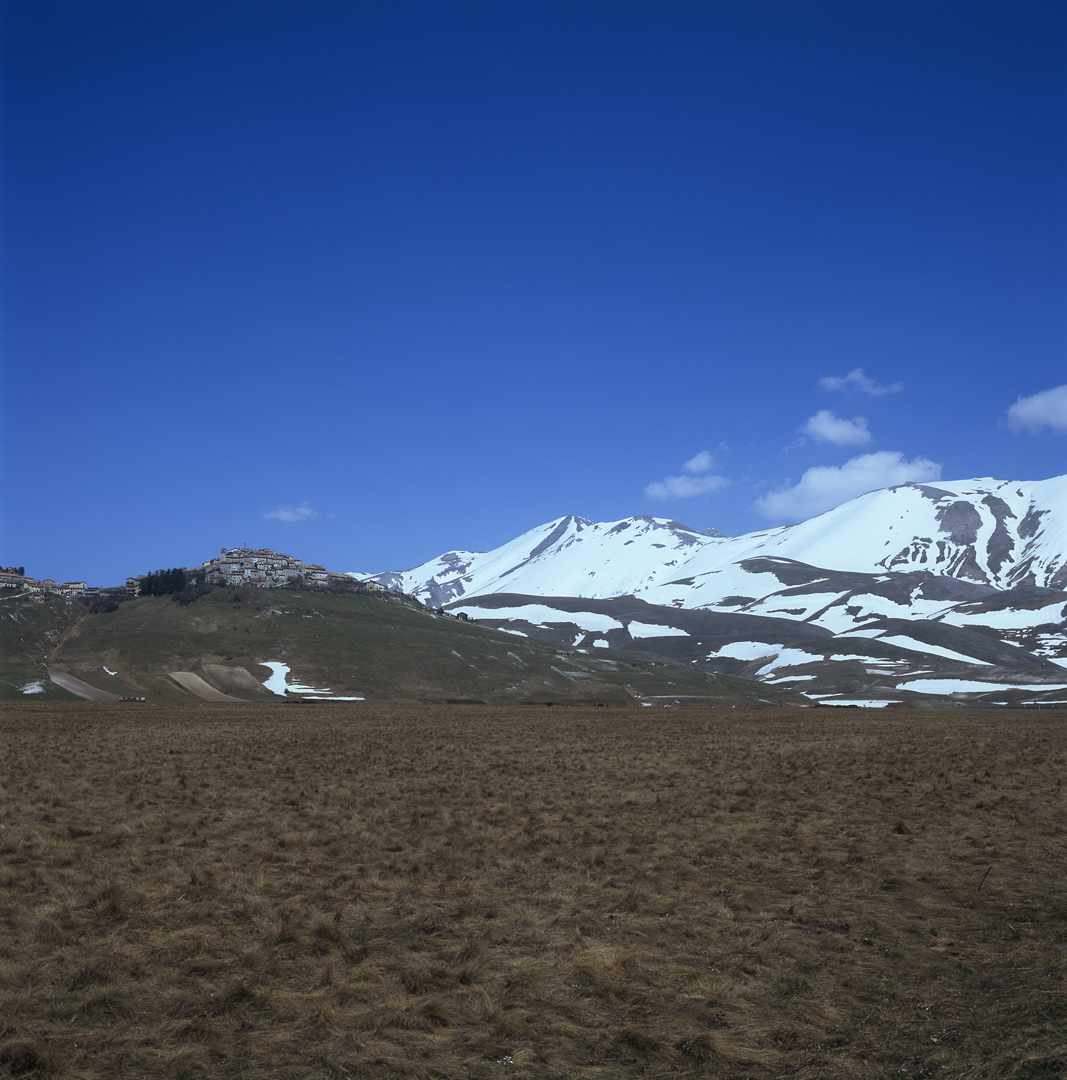
I had been meaning to write a post on this area for a while, because although it has no momentous historical associations that I know of, it is very beautiful and I have taken many photographs of it over the years. But it took me a while to bring myself to do so, because the act of writing it was going to be tinged with sadness. In 2016 the town was so badly damaged by an earthquake that 60% of the buildings were rendered uninhabitable, the population was evacuated and access prohibited for several months.
However some cafes and restaurants have now reopened in temporary accommodation, and although this is not really a tourism blog, I urge you to visit. Visit in late spring or early summer to see the beautiful wildflowers that carpet the floor of the plain, and spend some money there, because they need it.
When you are there, be sure to try the local speciality, a stew of lentils from Castelluccio and pork sausages from nearby Norcia (also, alas, damaged in the earthquake). It is the lentils that made me finally decide to get around to doing a post on Castelluccio, because as I write it is the 30th of December. A traditional new year’s eve good-luck dish in Italy is lentils, and the lentils of Castelluccio are the most highly prized in Italy. So it seemed appropriate, somehow.
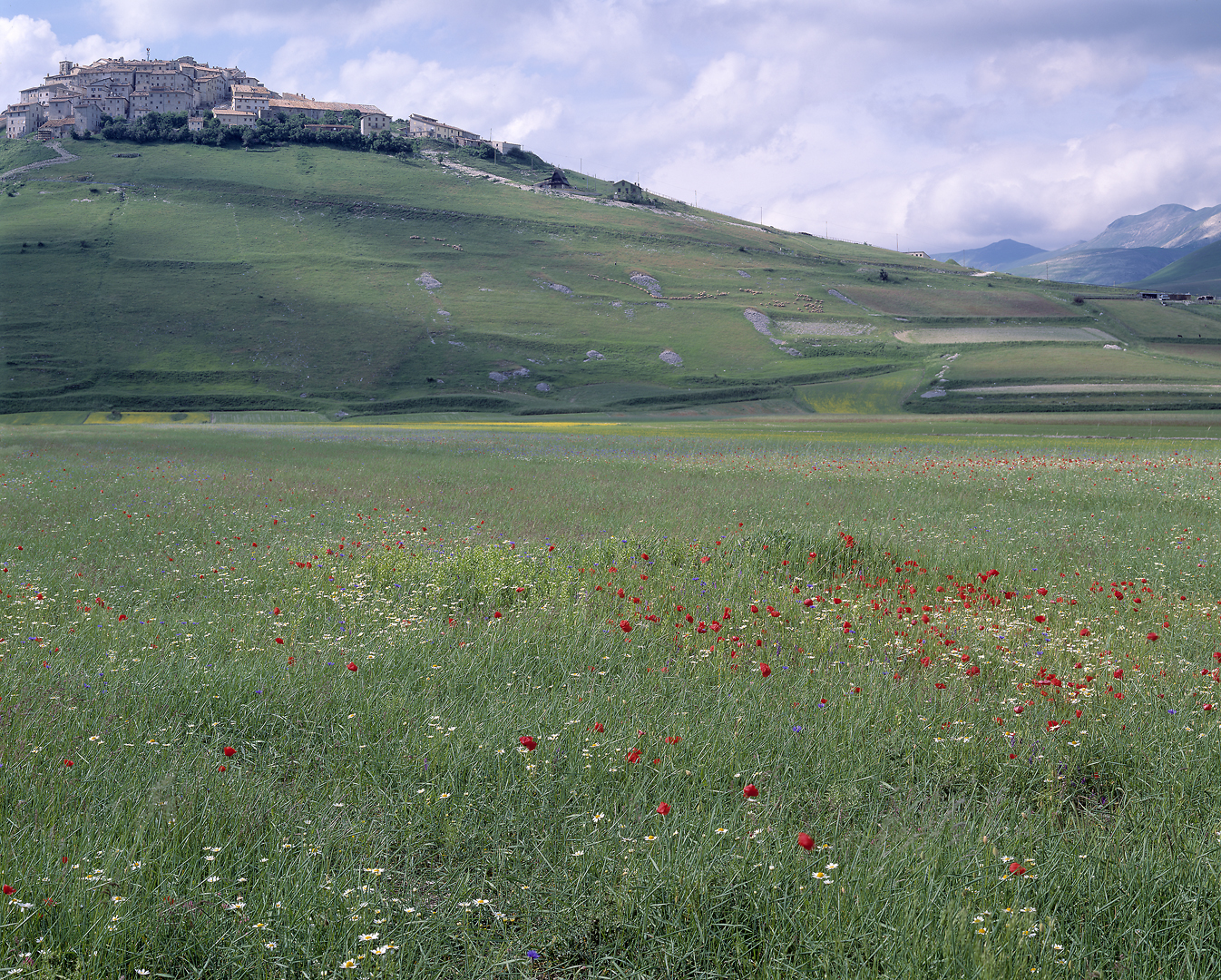
They must in any case have been hardy folk who lived here. Winters are hard at this altitude, and trees only grow on a few sheltered slopes. In winter the roads can be closed by snow.
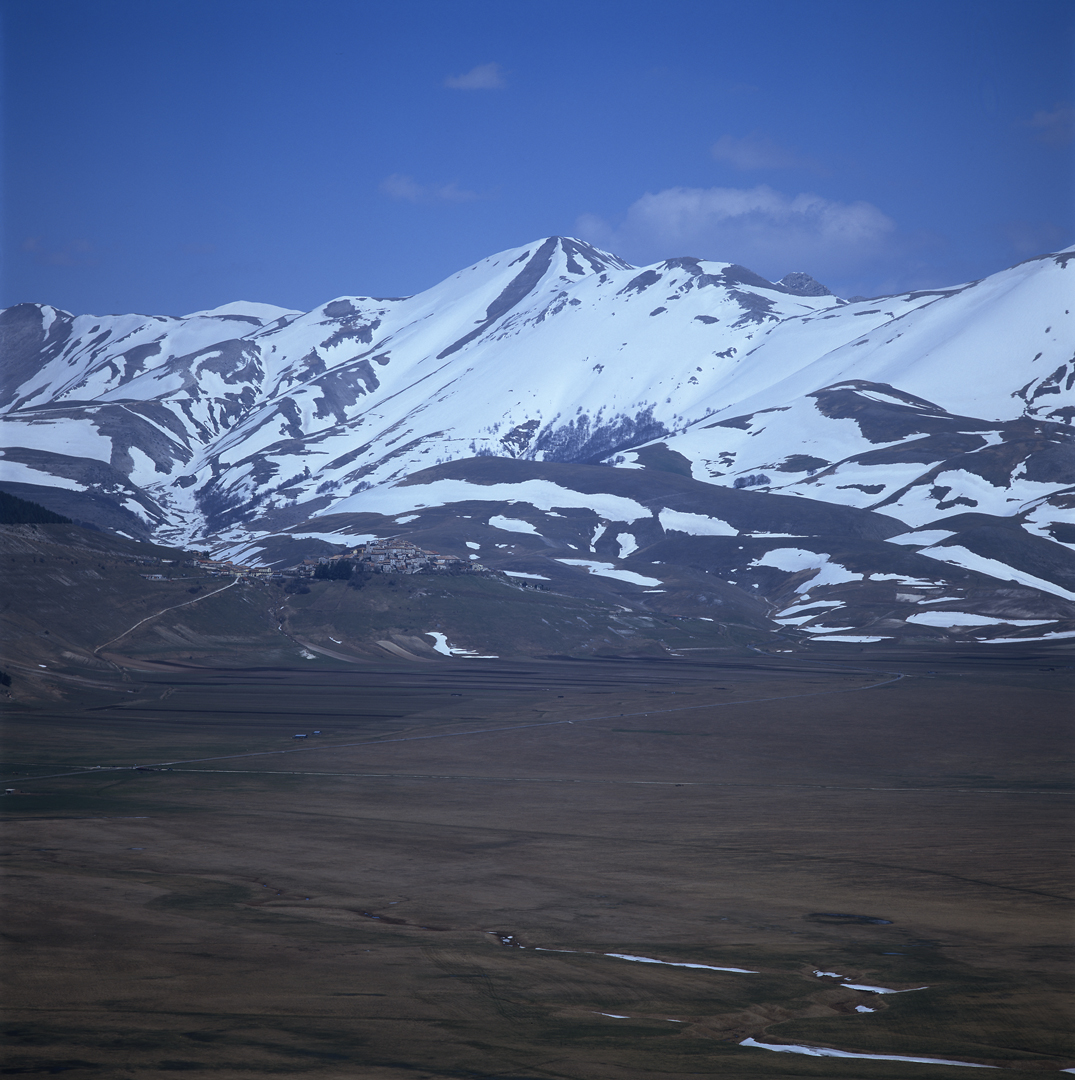
In late spring, when poppies have already appeared in the lower Umbrian valleys, up here there is still snow on the peaks, and crocuses are only just appearing. In high summer though, when the lower altitudes are sweltering, you can drive up here and see flowers that disappeared weeks ago down below.
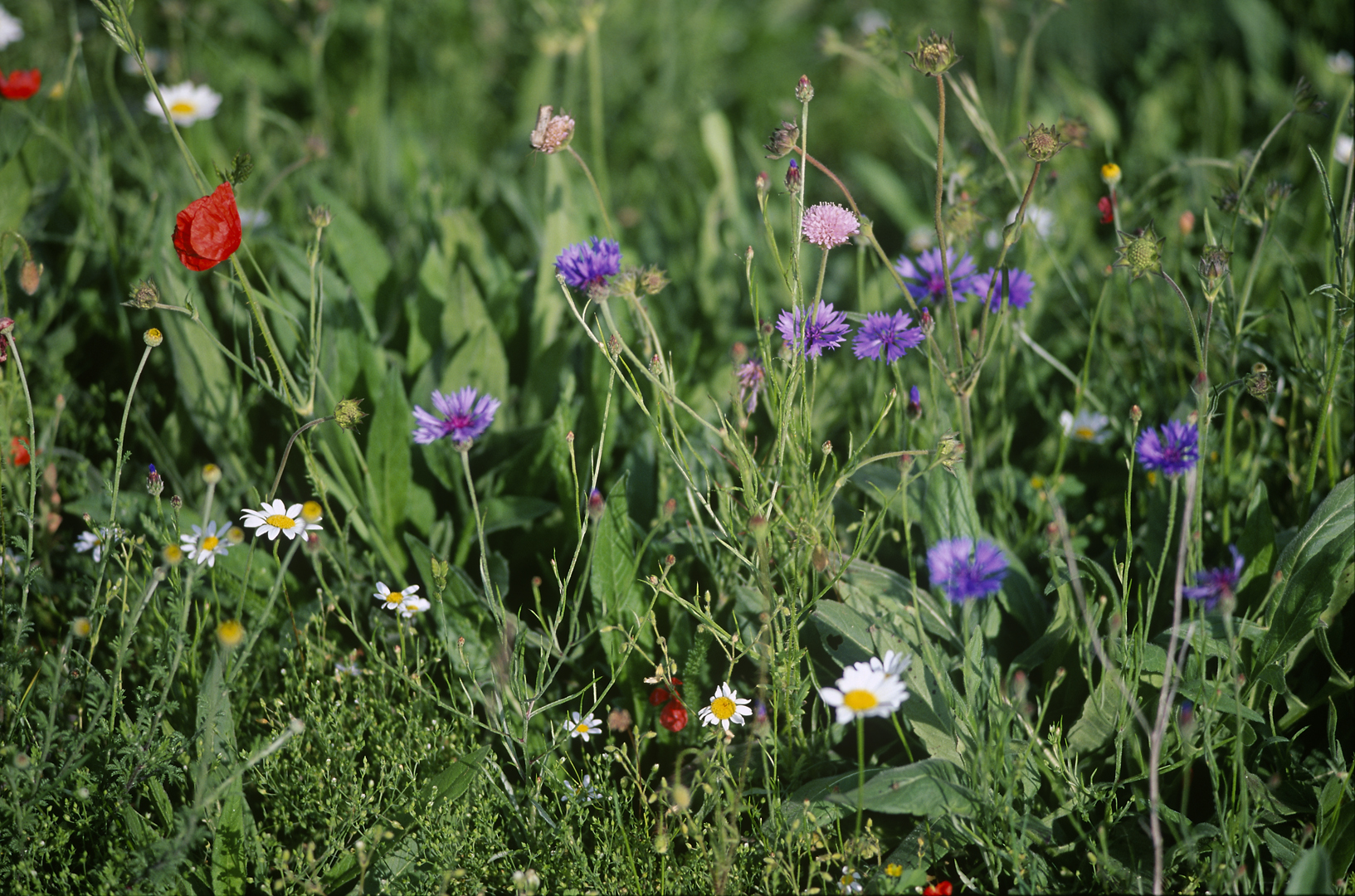
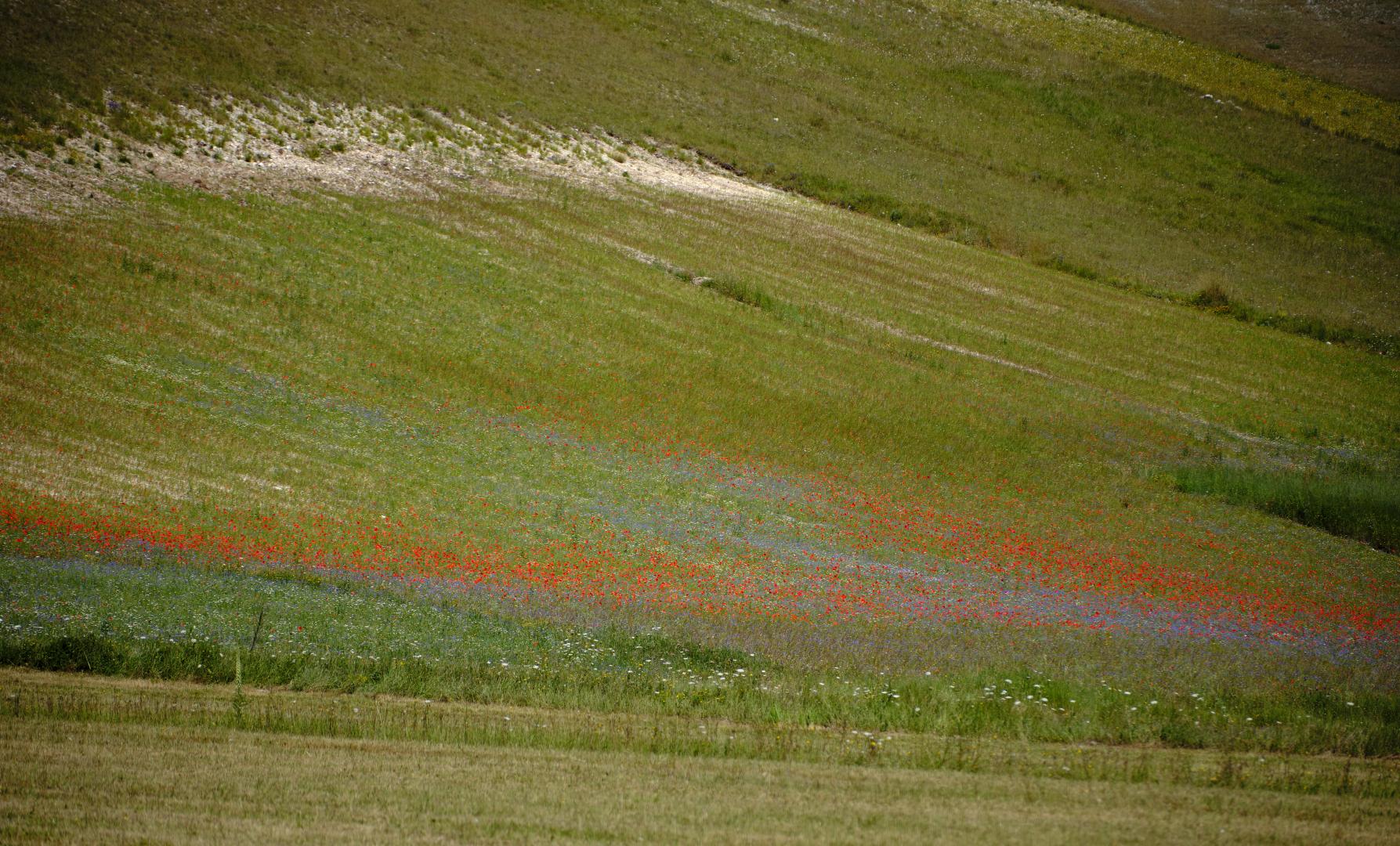
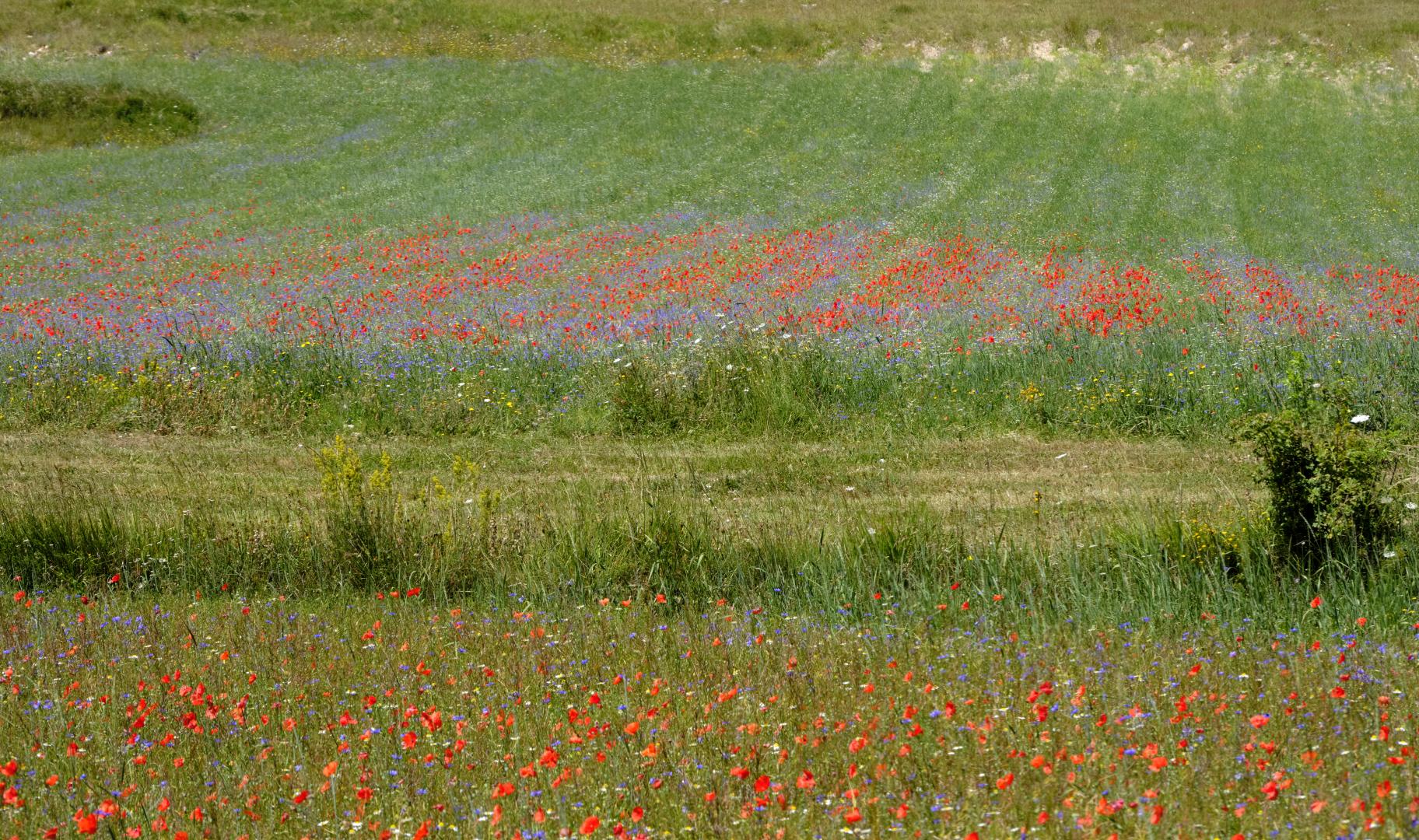
There are only three roads into the piano grande. If you come from the north, you pass a series of fortified villages that pour down steep valley sides, often with a fortress at the topmost point, forming a typical teardrop shape. The road winds upwards and then you finally crest a ridge and see the plain before you, with Castelluccio in the middle distance.

If you approach from the east, you will leave the town of Ascoli Piceno on the coastal plain, but not before trying their famous stuffed and fried olives (gosh, this really is a tourism post). When we took this route it was in summer and the slopes were covered with poppies and wild cornflowers.

(By the way – if you look closely you will see that the copse of trees in the distance on the left is planted in the shape of a map of Italy. I didn’t notice it myself for a while, either.)
But the best way to approach is from the south. That will take you through the Valnerina (the valley of the little Nera River) and the town of Norcia. I will stick my neck out and say that this is one of the prettiest places in Italy – a big call, I know. I have some good photographs of the Valnerina that I will save for a separate post. Also for Norcia.
Edit: you can now find the post on the Valnerina here.
After leaving Norcia, you will drive up winding roads on the side of steep hills and enter the Piano Grande through a pass at its southern end. For us, since it is where we first saw it, this is the classic view.
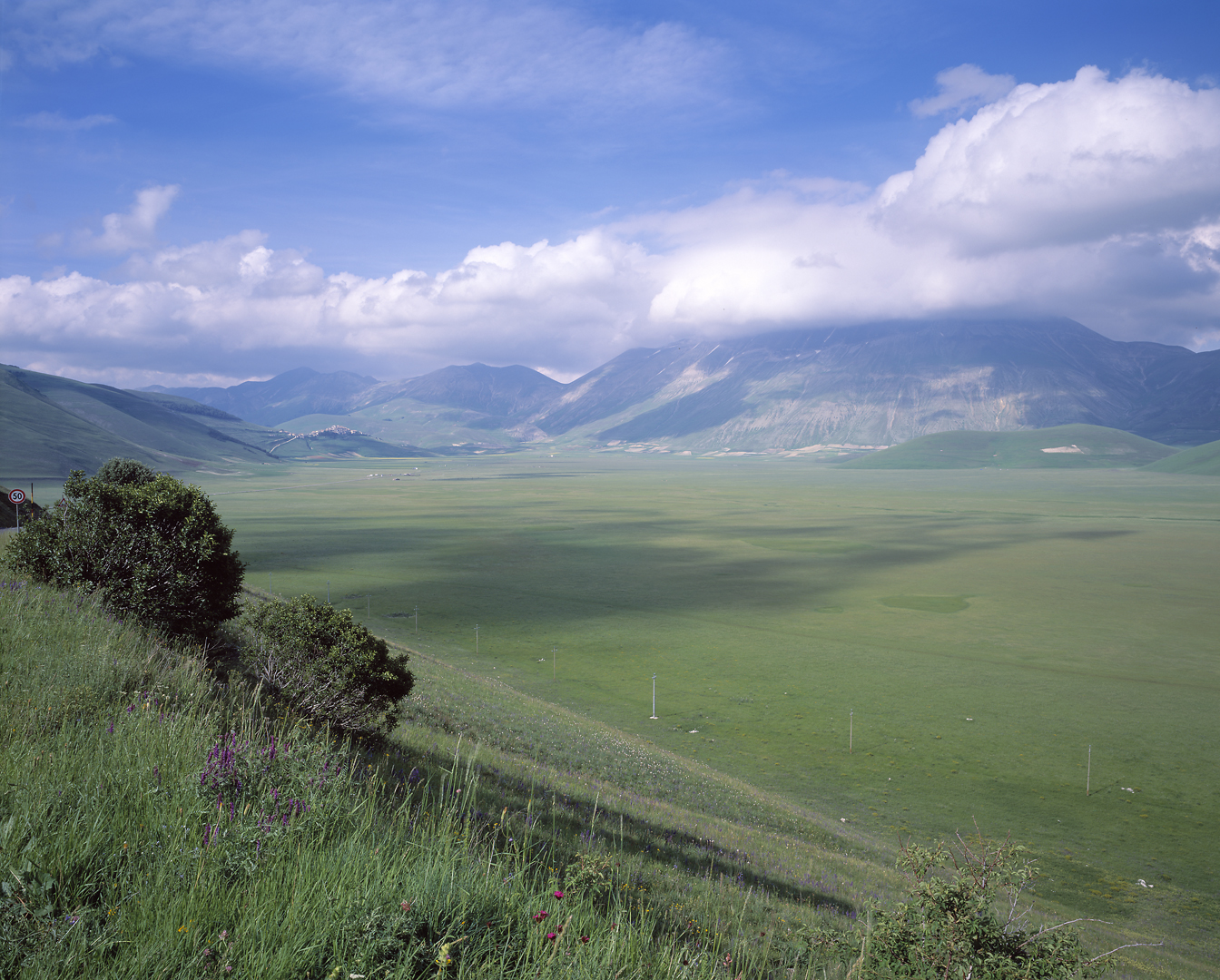
Update: we visited the Piano Grande again in July 2024 to show the flowers to friends. By now the destroyed buildings have been mostly removed and the process of rebuilding has started. Most of the shops are still in temporary accommodation though. Later we had lunch in Norcia nearby, where the recovery process seems further advanced, although the shops in the central square are still closed, with most business operating from premises outside the walls. It is still worth a visit though, if only to show these hardy people from the high country of Umbria that they are not forgotten, and to buy some of their excellent prosciutto and salami.
